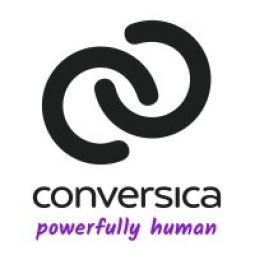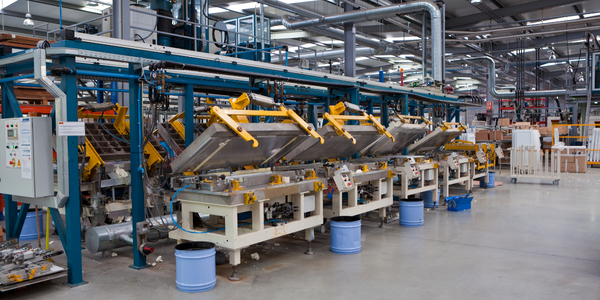Technology Category
- Application Infrastructure & Middleware - Database Management & Storage
- Infrastructure as a Service (IaaS) - Cloud Databases
Applicable Functions
- Product Research & Development
- Sales & Marketing
Use Cases
- Inventory Management
- Time Sensitive Networking
About The Customer
CAKE is a Sysco company that provides innovative, cloud-delivered guest management and point-of-sale solutions to restaurant operators throughout North America. The company was a Silicon Valley start-up before being acquired by Sysco, a $48 billion food services leader. With the acquisition, CAKE gained access to a database of more than 425,000 Sysco customers, many of whom were likely open to hearing about new technology solutions from a brand they already use and trust. CAKE's offerings provide Sysco with a new avenue for broadening its footprint in existing accounts.
The Challenge
CAKE, a Sysco company, was faced with the challenge of reaching out to over 425,000 Sysco customers using a 'cold emailing' approach. This task was equivalent to the work of 10 sales development representatives. The challenge was further compounded when CAKE was acquired by Sysco, a $48 billion food services leader. The acquisition necessitated a shift in CAKE's sales strategy from an outside sales approach to a purely inside sales model. This meant that CAKE had to introduce its high-tech offerings to restaurant operators virtually, while emphasizing its relationship with Sysco. The company also had to nurture relationships with potential customers and secure the best time for a CAKE sales representative to contact the customer.
The Solution
CAKE implemented Conversica's AI Automated Sales Assistant, Julie Hudson, to tackle the challenge. Julie Hudson, an AI agent, was able to work tirelessly, reaching out to customers at any hour of the day without a break. She was programmed to send friendly, helpful emails to potential customers, introducing CAKE's offerings and offering them a chance to schedule a demo or answer questions. Julie Hudson was also able to nurture relationships with potential customers and secure the best time for a CAKE sales representative to contact the customer. Furthermore, CAKE used Conversica to fine-tune the timing of its outreach by adjusting when to send emails and measuring the response. This allowed the company to pinpoint the precise hour of the week that delivered the best response rate.
Operational Impact
Quantitative Benefit

Case Study missing?
Start adding your own!
Register with your work email and create a new case study profile for your business.
Related Case Studies.

Case Study
Hospital Inventory Management
The hospital supply chain team is responsible for ensuring that the right medical supplies are readily available to clinicians when and where needed, and to do so in the most efficient manner possible. However, many of the systems and processes in use at the cancer center for supply chain management were not best suited to support these goals. Barcoding technology, a commonly used method for inventory management of medical supplies, is labor intensive, time consuming, does not provide real-time visibility into inventory levels and can be prone to error. Consequently, the lack of accurate and real-time visibility into inventory levels across multiple supply rooms in multiple hospital facilities creates additional inefficiency in the system causing over-ordering, hoarding, and wasted supplies. Other sources of waste and cost were also identified as candidates for improvement. Existing systems and processes did not provide adequate security for high-cost inventory within the hospital, which was another driver of cost. A lack of visibility into expiration dates for supplies resulted in supplies being wasted due to past expiry dates. Storage of supplies was also a key consideration given the location of the cancer center’s facilities in a dense urban setting, where space is always at a premium. In order to address the challenges outlined above, the hospital sought a solution that would provide real-time inventory information with high levels of accuracy, reduce the level of manual effort required and enable data driven decision making to ensure that the right supplies were readily available to clinicians in the right location at the right time.

Case Study
Hardware Retailer Uses Data Warehouse to Track Inventory
Ace tracked which products retailers ordered, when they were ordered and shipped. However, the company could not track or forecast actual sales. Data used for reporting was up to a one-week old, owing to performance and data cleansing issues. Requirement to integrate wholesale and inventory data with POS data to help drive key business decisions, improve category management, lower inventory costs and optimize pricing. Reliance on custom coding to integrate POS data was excessively resource intensive and led to major performance constraints.

Case Study
Remake Enterprise-to-production System
The client was running a legacy material flow tracking system and wanted to replace the system with a more effective one as the system was increasingly expensive to maintain and support and also was not extendable. The client's IT landscape was filled with modern applications and it was difficult to interface the material flow tracking system with modern applications.










